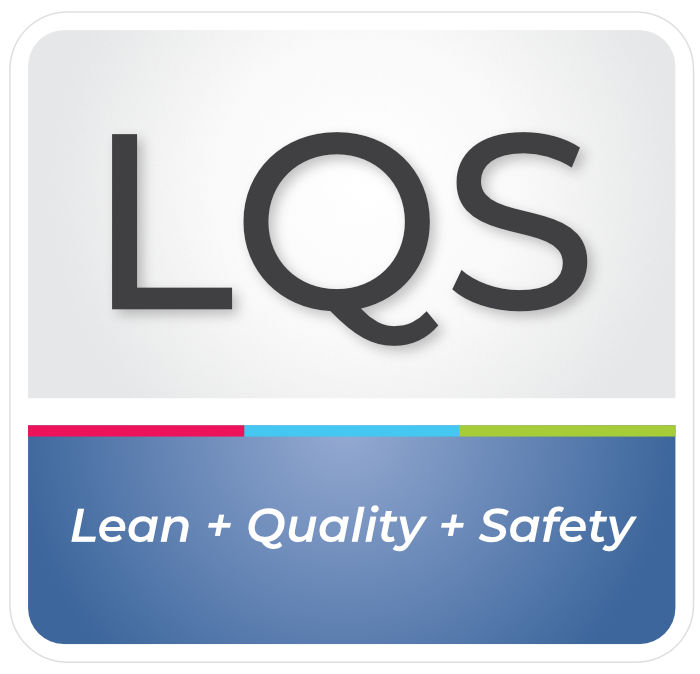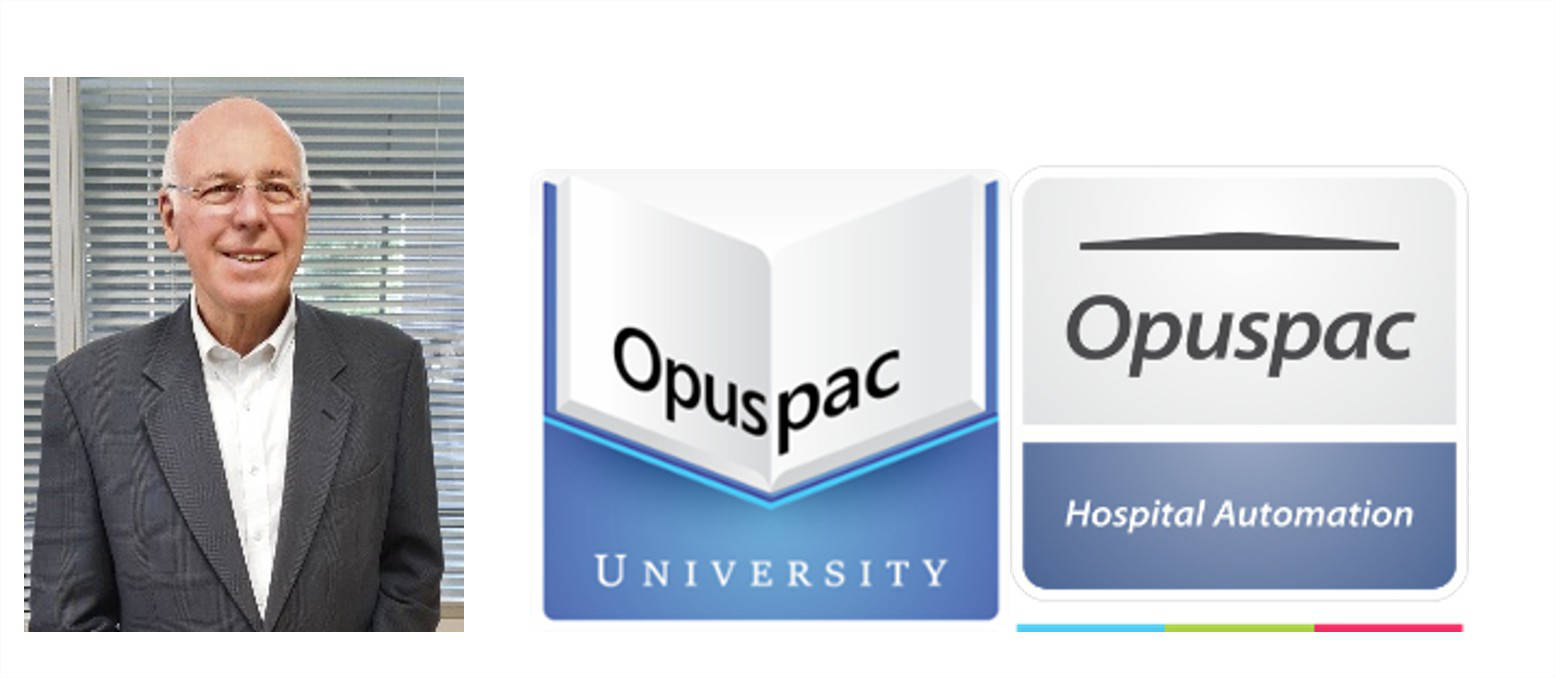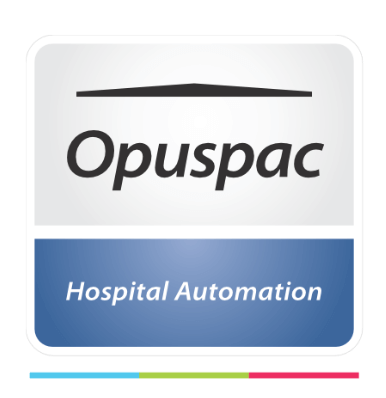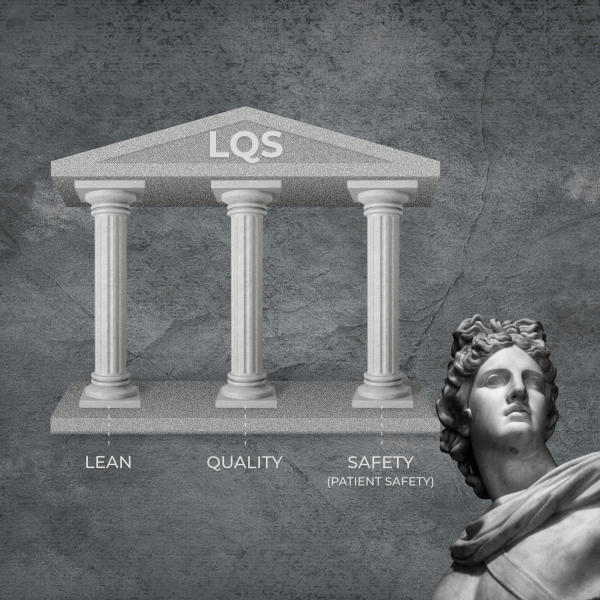QA (Quality Assurance) – or Quality Control – is a discipline that also involves Patient Safety, according to the IOM – Institute of Medicine.
Since 2002, Lean has been integrated with Lean Healthcare as a hospital discipline that seeks to increase quality, reduce waste, optimize delivery time and occupied spaces, improving customer-oriented processes, in this case the patient.
QA and Lean use similar tools and are oriented to the same audience, that is, hospital stakeholders. So, why do different awareness or dissemination meetings, one for Lean, another for Patient Safety and another for Quality?
This would be considered a waste of time, which is one of our objectives to eliminate.
Why use Lean? And why use it now?
We are living in times of marked change and our need for adaptation grows day by day. Much is said about innovation. Lean is an important disruptive tool, inserted in the organizational culture in recent years.
There is a prejudice that Lean – or the Toyota Method – is only for the productive sector, and this is not correct. In fact, we have had Lean Services for almost 30 years, since 1994, today used in all areas of a company, and in the Health area we have LEAN HEALTHCARE.
The problem in hospital companies is that, with increasing costs and the need to increase investments due to the complexity of medicine, they are held back with available resources. But there is a consensus that hospital waste is around 30%. With a profit margin between 4% and 10%, institutions that reduce waste, even in a small proportion, will see their profits increase to double. Or more.
They are common problems of any hospital: non-uniform flow of people and materials, waiting times of patients and professionals, excess of stock in some items while there is a stockout in others, procedures with errors or defects, bureaucratic processes and the high need for free up space for new activities. These problems are the core of Lean Healthcare.
By creating a single department or management, which we call LQS, the advances made in one discipline will be shared with the others. In this way we can economically justify the use of a broader structure.

In LQS, the most commonly used tools are: PDCA, 5 Whys. Pareto, Ishikawa, DMAIC, Root Cause Analysis, among others.
We should not, however, expect immediate results, as we must first implement a culture throughout the organization and guide minds to understand and see what is MUDA (waste, in the language of Lean), that is, what does not add value. to the end customer. This will be a great advance, as it introduces a paradigm and a new vision to see reality, because many times, year after year, we thought there was only one correct way to do this procedure.
To establish a sustainable culture, and not have back and forth, we have to work with the commitment of top management, because with the involvement of all stakeholders, certain that the best results will come in the medium term (ariund 3 to 5 years), with everyone’s involvement.
I have heard several people say: “Yes, we have already implemmented, but now I don’t know how it is”. This is the worst result, because, without failure, the subject is over and no longer applied.
The successcases of Lean around the world and especially in the USA are many, to the point of including it as a graduation theme in several careers related to Health.
The global references of quality improvement, safety, waste reduction, reduction of time and delays, stocks and occupied space, make Lean Healthcare a mandatory discipline to recover efficiency and productivity in hospitals.

Victor Basso
Director of Opuspac University (corporate university)












